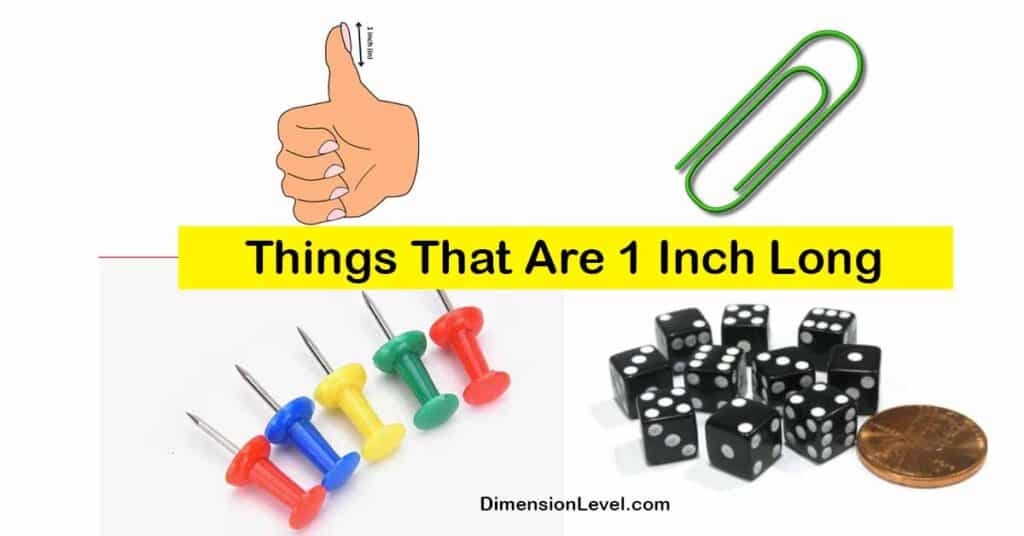In our daily lives, we encounter countless objects of various sizes, but have you ever wondered which ones measure exactly 1 inch? This seemingly small measurement plays a significant role in our world, from engineering to cooking.
Let’s explore the fascinating world of the inch and discover 11 common items that perfectly exemplify this unit of length. Along the way, we’ll delve into the history of measurement, practical applications, and interesting trivia that surrounds this ubiquitous unit.
Understanding the Inch: A Quick Guide
Before we dive into our list of inch-long objects, let’s take a moment to understand what an inch really is. The inch is a unit of measurement primarily used in the imperial system, which is still prevalent in the United States and a few other countries. However, most of the world uses the metric system, where the centimeter (cm) is the comparable unit.
The word “inch” comes from the Latin word “uncia,” meaning one-twelfth. This etymology reflects its original definition as one-twelfth of a foot. The inch has a rich history, with various cultures having their own versions of this measurement. For instance, the Scottish inch was slightly longer than the English inch until the two were standardized in the 18th century.
How Long Is 1 Inch in cm?
For those more familiar with the metric system, here’s a quick conversion:
| Imperial | Metric |
| 1 inch | 2.54 cm |
This conversion factor is crucial for standardization across different measuring systems, especially in fields like engineering and international trade. The exact relationship between inches and centimeters was standardized in 1959 by the international yard and pound agreement, which defined the inch as exactly 2.54 centimeters.
You Might Also Like 11 Things and Animals That Are 10 Feet Long
How Long Is 1 Inch Visually?
Visualizing an inch can be tricky without a ruler handy. That’s where visual references come in handy. An inch is about the width of an adult’s thumb, the length of a standard paper clip, or the diameter of a US quarter. These everyday objects provide excellent approximations for an inch.
Understanding visual references for an inch can be incredibly useful in daily life. For example, if you’re hanging a picture and need to estimate distances, or if you’re working on a craft project and don’t have a ruler nearby, these visual cues can be invaluable.
How Can It Be Measured 1 Inch Without a Ruler?
Sometimes, you need to measure an inch but don’t have a ruler on hand. Here are some ingenious ways to approximate or estimate an inch:
Using Everyday Objects
- A standard paper clip
- The diameter of a soft drink bottle cap
- The width of a US quarter
- A sugar cube
These everyday items are surprisingly consistent in their measurements, making them reliable stand-ins for a ruler in a pinch. For instance, the diameter of a US quarter is 0.955 inches, which is remarkably close to a full inch.
Using Body Parts
- The width of an adult thumb from the knuckle to the tip
- The length of the top joint of your index finger
Using body parts for measurement has a long history. In fact, many ancient units of measurement were based on human anatomy. The inch itself is sometimes said to have been based on the width of a man’s thumb, although this is debated by historians.
Using Technology
- Smartphone apps with virtual rulers
- Using the known dimensions of your smartphone screen
In our digital age, technology offers new solutions for measurement. Many smartphones now come with built-in measuring apps that use the device’s camera to calculate distances. While these may not be as precise as a physical ruler, they can be surprisingly accurate for quick measurements.
Remember, these methods provide approximations rather than exact measurements, but they can be incredibly useful in a pinch. The key is to use these methods as estimates and to rely on proper measuring tools when precision is crucial.
You might be Interested 8 Things That Are 500 Meters Long or Big
11 Things That Are 1 Inch Long
Now, let’s explore our list of 11 common objects that measure up to 1 inch. Each of these items offers a unique perspective on this common measurement and its role in our daily lives.
1. Paper Clips
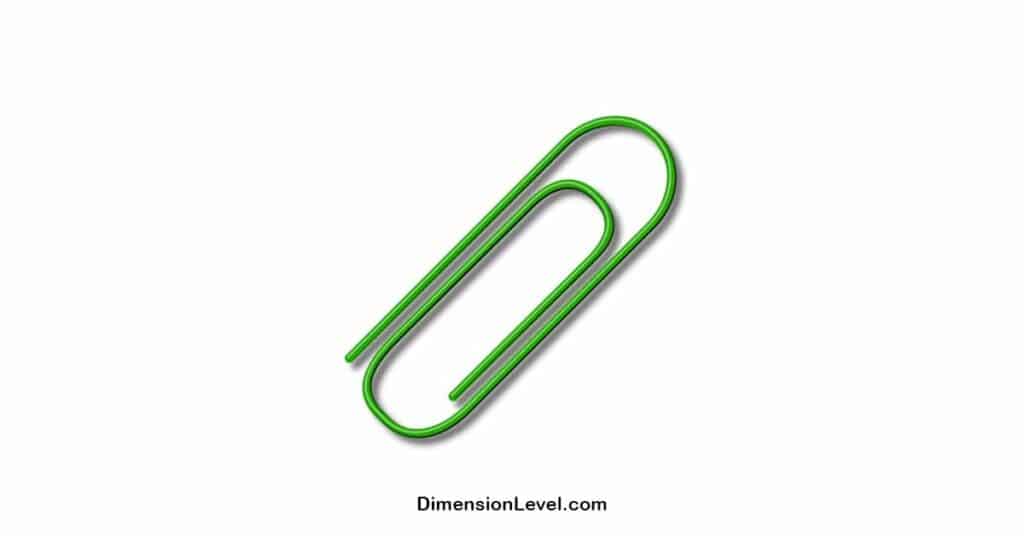
The humble paper clip is perhaps one of the most ubiquitous office supplies, and it just so happens to be an excellent visual reference for an inch. Standard paper clips typically measure between 1 inch and 1.25 inches in length.
“The paper clip is a simple yet ingenious invention that has stood the test of time.” – James Ward, author of “The Perfection of the Paper Clip”
Interesting facts about paper clips:
- Invented in the 1890s by Norwegian inventor Johan Vaaler
- Over 11 billion paper clips are sold annually in the US
- The largest paper clip ever made was 23 feet long and weighed 1,500 pounds!
The paper clip’s design has remained largely unchanged for over a century, a testament to its simple effectiveness. Its standard size makes it an excellent impromptu measuring tool, especially in office environments.
2. Soft Drink Bottle Caps

Soft drink bottle caps are another common item that measures close to 1 inch in diameter. These small but essential components play a crucial role in the packaging business, keeping our beverages fresh and carbonated.
Types of bottle caps measuring 1 inch:
- Plastic screw caps
- Metal crown caps
- Push-pull sports caps
The standardization of bottle cap sizes has been crucial for the beverage industry. It allows for efficient manufacturing and ensures compatibility across different brands and bottle types. The 1-inch diameter has become a de facto standard for many soft drink bottles.
3. Virginia Peanut

The Virginia peanut, also known as the Virginia Jumbo, is one of the largest peanut varieties and often grows to about 1 inch in length. These peanuts are prized for their size and are often used in peanut butter production.
Nutritional value of a 1-inch Virginia peanut (approximately 1 gram):
- Calories: 5.7
- Protein: 0.25g
- Fat: 0.49g
- Carbohydrates: 0.17g
Virginia peanuts are not just a snack; they’re also an important agricultural crop. Their consistent size makes them ideal for processing and packaging. The fact that they grow to about an inch in length is a result of both natural evolution and selective breeding by farmers.
4. Diameter Of US Quarter
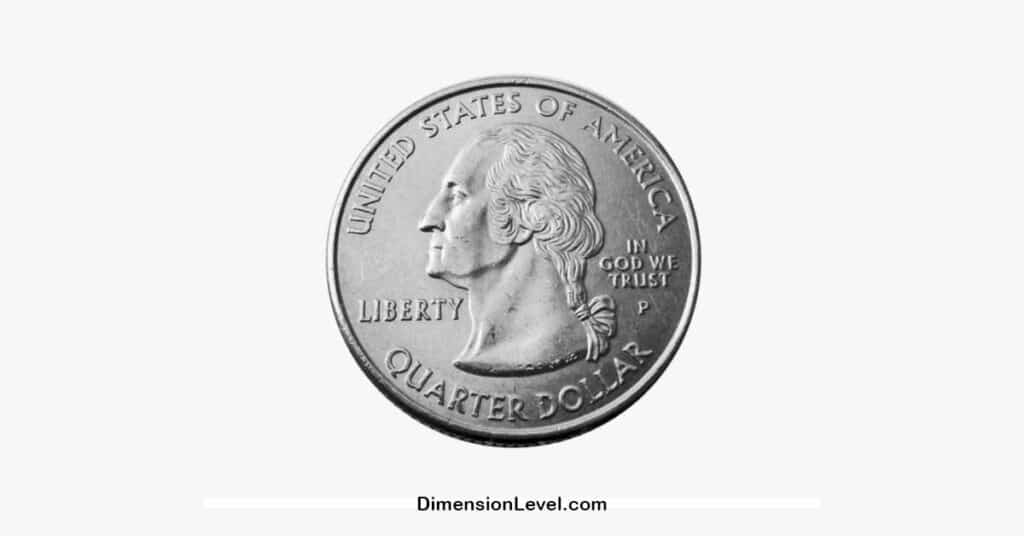
The US quarter is an excellent visual reference for an inch, as its diameter measures exactly 0.955 inches. This makes it a handy tool for quick estimations when you need to measure something close to an inch.
| Coin | Diameter | Thickness |
| Quarter | 0.955 inches | 0.069 inches |
Explore this 11 Things That Are About 25 Feet Long/Big
5. Sewing Pins
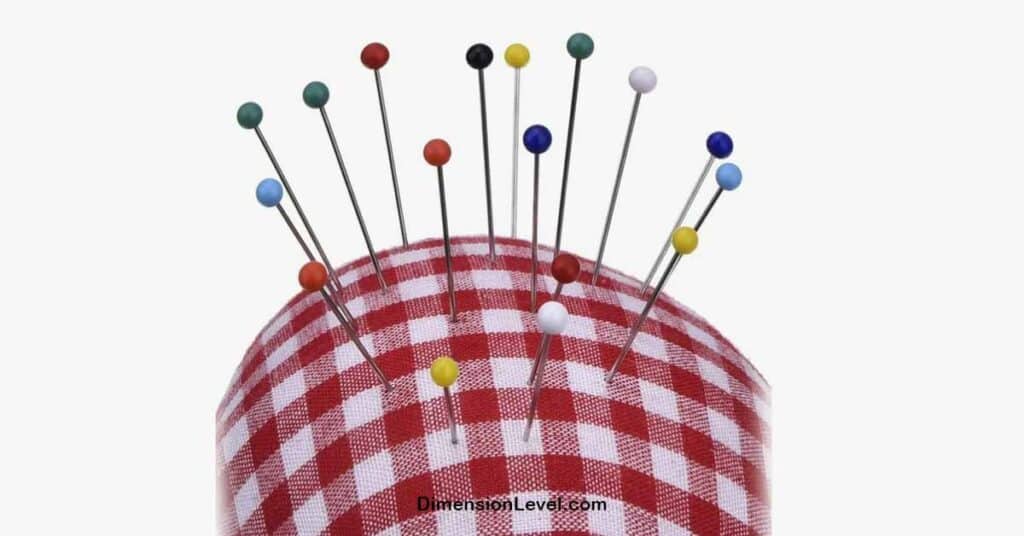
Sewing pins are another common item that often measures close to 1 inch in length. These small but essential tools play a crucial role in fabric manipulation and are used in various crafts beyond just sewing.
Types of inch-long sewing pins:
- Straight pins
- Ball-point pins
- Quilting pins
Sewing pins come in various lengths, but many standard pins are close to 1 inch long. This size has proven to be versatile for many sewing and crafting applications. The consistency in pin length also helps sewers and crafters estimate measurements when working on projects.
6. An Adult Thumb From Knuckle To Tip

The width of an adult thumb from the knuckle to the tip is often very close to 1 inch, making it a convenient visual reference for quick measurements. This practical estimation method has been used for centuries and is still relevant today.
“The thumb is nature’s ruler, a built-in measuring tool we carry with us everywhere.” – Anonymous
While not everyone’s thumb is exactly 1 inch wide, the variation is usually small enough that it can serve as a reasonable approximation. This natural “ruler” has been used by craftspeople, artists, and others throughout history when more precise tools weren’t available.
7. HP Keyboard (Control) Key
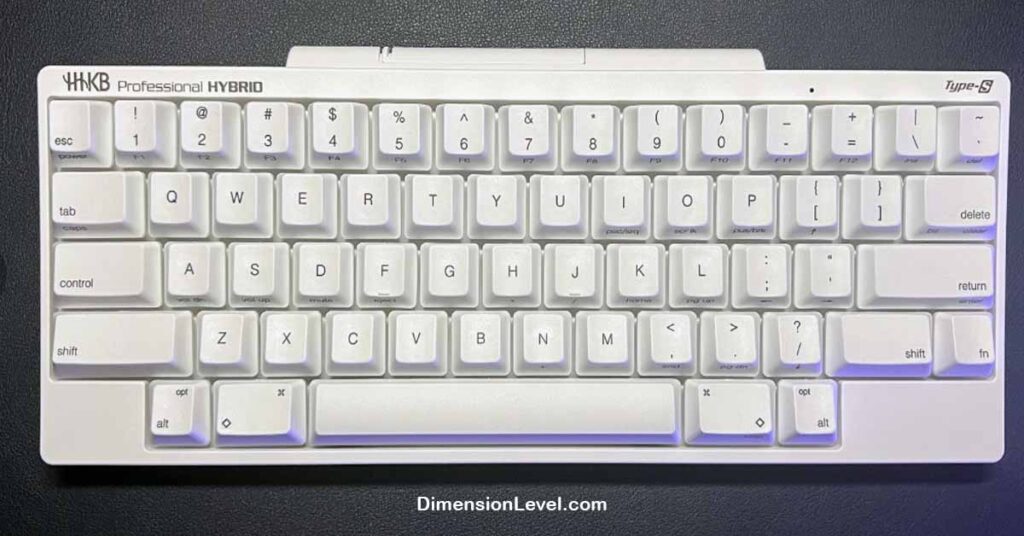
On many keyboards, particularly those made by HP, the Ctrl key measures approximately 1 inch in length. This key, essential for various computer shortcuts, serves as an unexpected but reliable inch marker on your desk.
Common Ctrl key shortcuts:
- Ctrl + C: Copy
- Ctrl + V: Paste
- Ctrl + Z: Undo
The standardization of keyboard layouts, including key sizes, has been crucial for computer usability. While not all keyboards have exactly 1-inch Ctrl keys, many come close, making this a surprisingly useful reference point for quick measurements in an office setting.
8. Push Pins
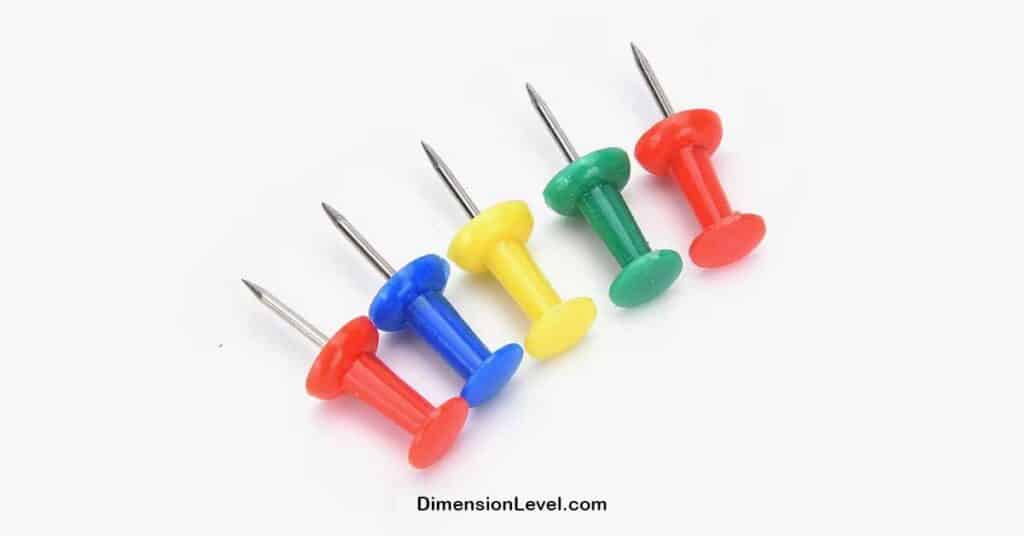
Push pins, also known as thumb tacks, typically measure about 1 inch in total length, including the pin. These versatile tools are essential for securing items to bulletin boards and other soft surfaces.
Uses for push pins beyond the office:
- Creating wall art
- Marking locations on maps
- Temporary fabric holds in crafting
The consistent size of push pins makes them useful for more than just pinning papers. Their 1-inch length can be used for spacing in craft projects or as a quick measuring reference when other tools aren’t available.
9. A Standard American Dice Cube
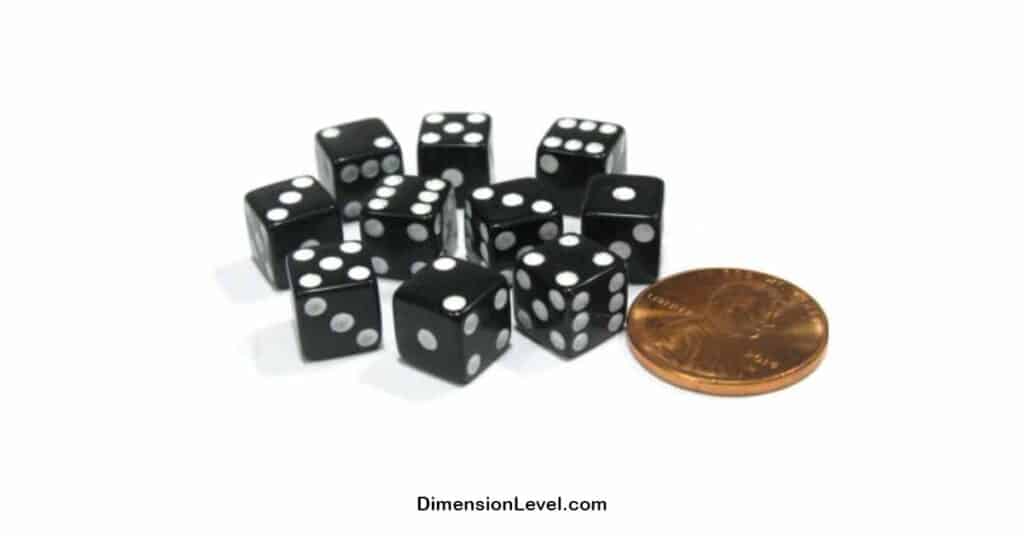
A standard American dice cube measures exactly 1 inch on each side. This precise measurement is crucial for fair gameplay in various board games and gambling activities.
Popular games using 1-inch dice:
- Monopoly
- Yahtzee
- Craps
The standardization of dice size ensures fairness in games and allows for consistent manufacturing. The 1-inch cube has become the de facto standard for many board games and tabletop role-playing games.
10. A Sugar Cube
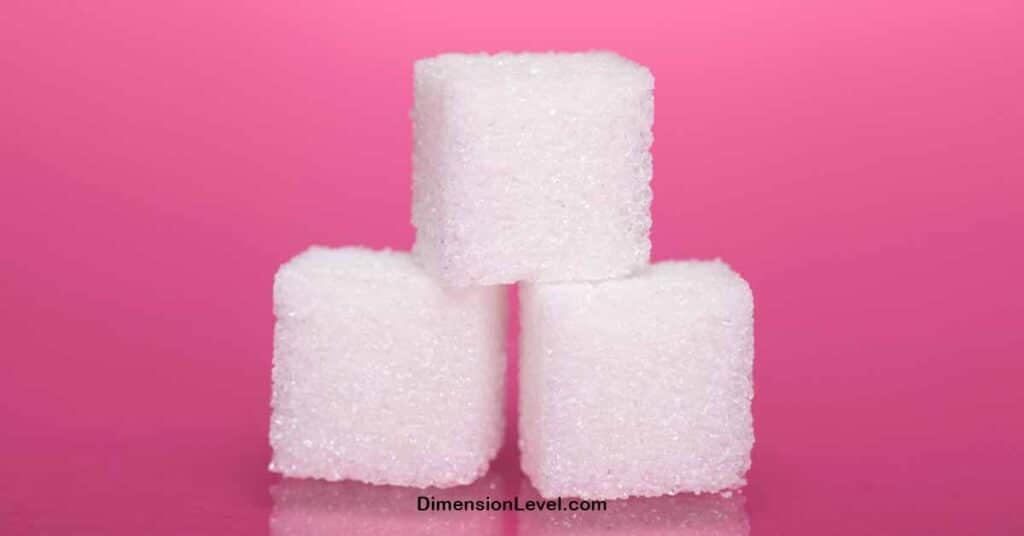
A standard sugar cube measures approximately 1 inch on each side. These perfect little squares of sweetness are not only useful for sweetening beverages but also serve as an unexpected measuring tool.
Interesting uses for sugar cubes:
- Building small structures (great for kids’ projects)
- As a visual reference for portion control
- In cocktail making for controlled sweetness
Sugar cubes were invented in 1843 by Jakub Kryštof Rad, a Swiss-born director of a sugar refinery in what is now the Czech Republic. Their consistent size made them popular not just for sweetening tea and coffee, but also as a standardized way to measure sugar in recipes.
Read More About 9 Everyday Items That Are 10 Centimeters Long
11. Military Coins
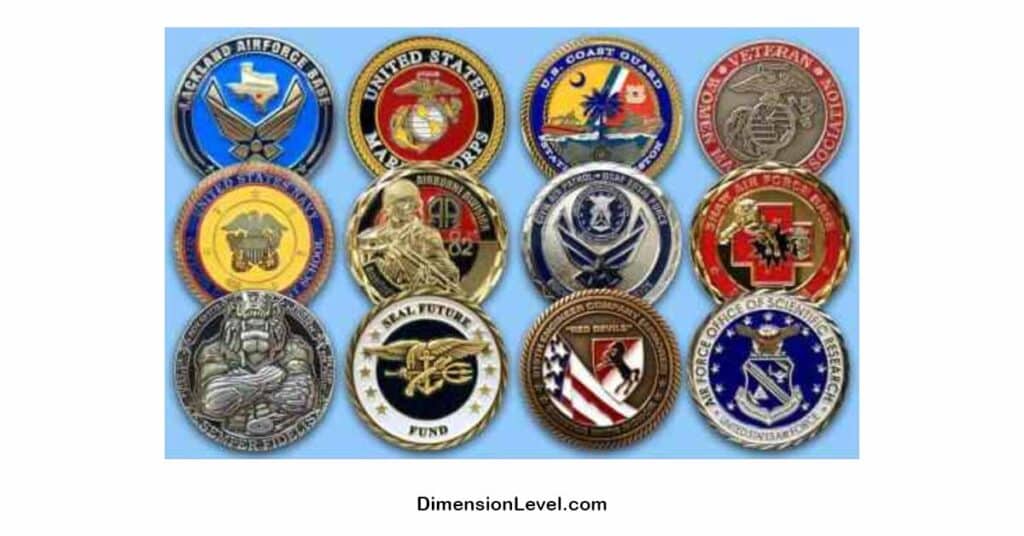
While military coins themselves are typically larger, often 2 inches in diameter, they can be used to measure 1 inch by referencing half the coin. These coins hold great significance in military culture, symbolizing camaraderie and achievement.
“Challenge coins are a tangible reminder of the bonds forged in service.” – Military historian
Military coins, also known as challenge coins, have a rich history dating back to World War I. Their standardized size makes them not just symbols of military pride, but also potential measuring tools in a pinch.
Conclusion: The Big Impact of Small Measurements
As we’ve explored, the humble inch is represented in countless objects around us, from office supplies to nature’s own creations. Understanding and recognizing these common visual references can be incredibly useful in our daily lives, whether we’re crafting, cooking, or simply satisfying our curiosity about the world around us.
The inch, despite being a small unit of measurement, has had a significant impact on various aspects of our lives. From standardizing industrial processes to ensuring fairness in games, this simple unit continues to play a crucial role in our world.
Moreover, the ability to estimate measurements without tools is a valuable skill. It enhances our spatial awareness and can be incredibly useful in various situations, from home improvement projects to everyday problem-solving.
The next time you need to measure something small, remember these everyday inch-long objects. They might just save you a trip to the toolbox! More importantly, they serve as a reminder of the hidden standards and measurements that shape our world in ways we often overlook.
Frequently Asked Questions (FAQs)
- Q: Why does the US still use inches instead of centimeters? A: The US continues to use the imperial system due to historical reasons and the high cost of converting all infrastructure and industry to the metric system. Despite attempts to switch to metric in the 1970s, the change never fully took hold.
- Q: Are digital ruler apps accurate? A: Many digital ruler apps can provide reasonably accurate measurements, but their precision can be affected by factors like screen size and calibration. While they’re useful for quick estimates, they shouldn’t be relied upon for tasks requiring high precision.
- Q: How does the inch compare to other ancient units of measurement? A: The inch has roots in various ancient measurements, including the Roman uncia (1/12 of a foot) and the Anglo-Saxon ynce (1/36 of a yard). Many ancient cultures had similar small units of measurement, often based on parts of the human body.
- Q: Can I use my smartphone as a ruler? A: Yes, many smartphones have a known screen size that can be used as a reference. Additionally, there are apps specifically designed to turn your phone into a measuring tool. However, remember that these methods are best for estimates rather than precise measurements.
- Q: How accurate is using your thumb as an inch measurement? A: While the adult thumb is often close to an inch wide, it can vary significantly between individuals. It’s best used for rough estimations rather than precise measurements. For most people, the width of the thumb at the first joint is between 0.8 and 1.1 inches.
Read also How Far is 50 Miles? 12 Common Comparisons

Deborah Melindah is an experienced blogger passionate about exploring the world of dimensions. With a keen eye for detail and a talent for simplifying complex topics, she shares her knowledge on spatial concepts, measurements, and more. Deborah’s insightful posts make it easy for readers to grasp and apply dimensions in everyday life, whether for personal projects or professional pursuits.

